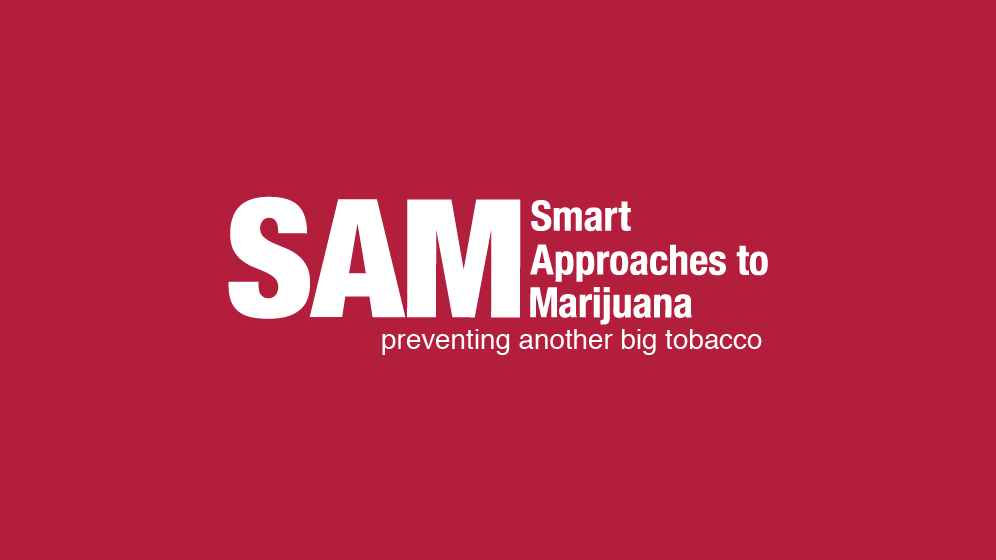
Marijuana Abuse: Increasing the Likelihood of the use of Harder Substances
By Carissa Webb
The subject of whether or not marijuana is a gateway drug has been one of much controversy for many years, but with increasing legislation regarding the legal status of the drug comes the need for this issue to be addressed.
The National Institute on Drug Abuse (NIH) explains that there is decreased activity in the dopamine reward center of the brain in adults who used marijuana early in life. When dopamine is released in the brain, it causes feelings of euphoria which are associated as a reward and bring about feelings of well-being. When there is a dopamine shortage in the brain, people may struggle with decision making and depression, and seek things, such as more drugs, that initiate the release of dopamine.
With any drug, there is a tolerance that can be built up. When a tolerance occurs, a person will need more and more of a substance to achieve the same reward as they did when they first used the drug. The problem with a tolerance to marijuana is that a person may begin to seek stronger, more addictive substances in order to get the dopamine they need to feel good.
The majority of people with substance use disorder began using marijuana before graduating to harder drugs like heroin and cocaine. Though not all people who consume marijuana turn to harder drugs, it significantly increases the chances that they will try harder drugs in the future to gain the same dopamine reward as they did from marijuana. The Centers for Disease Control and Prevention (CDC) reports that people who develop a dependence on marijuana are three times more likely to use heroin than those who do not.
Not only does marijuana lead to the use of harder, more dangerous substances, but it can also lead to the development of mental illnesses, like depression. The Anxiety and Depression Association of America (ADAA) reports that nearly 20% of Americans with depression also suffer from a co-occurring substance use disorder.
The idea that marijuana can lead to the use of harder substances is particularly terrifying, because in 2017 marijuana use increased for adolescents from grades 8-12. With the U.S. already fighting a devastating opioid epidemic while legalizing recreational marijuana rapidly, an increase in adolescent marijuana use breeds the question – are we potentially creating an entire generation of people with substance use disorders?
Cassidy Webb is an avid writer from South Florida. She advocates spreading awareness on the disease of addiction. Her passion in life is to help others by sharing her experience, strength, and hope.
**Contributors to SAM’s blog do not always represent the views of SAM and its affiliates.**